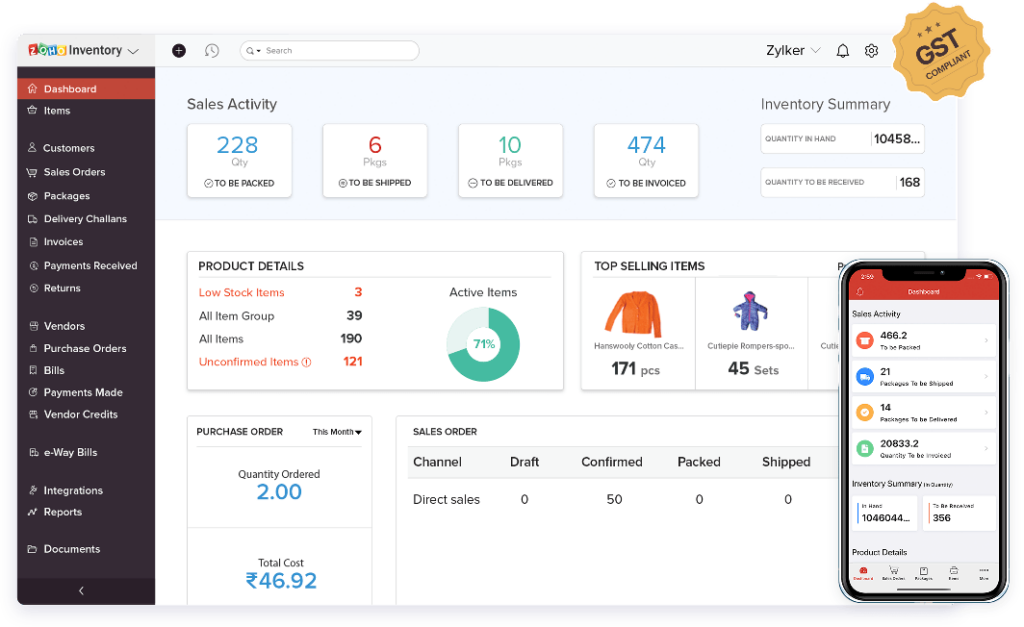
The globalization of ecommerce has been a huge success. Increasing numbers of people from all over the world, in both major cities and outlying areas, are conducting product searches online. However, we do not limit ourselves to comparing the products and costs of international brands when we travel. We are one in our pursuit of the lowest price, no matter where it may be found (even foreign websites).
According to projections, international online sales will account for 22% of the industry by 2022. 15% was also the 2016 figure.
That fact alone is a compelling argument in favor of international expansion for brands. However, there is also the expansion of the e-commerce industry as a whole to consider. Global online retail sales reached $4.28 trillion in 2020.
It is anticipated that by 2022, this amount will have increased to $5.4 trillion. The potential for increasing one’s share of a growing market is therefore exemplified by the growth of cross-border ecommerce.
Challenges of cross-border ecommerce
Why don’t more organizations aim to develop by growing sales through foreign online marketplaces? Leaving the security of native markets for international ones is challenging. A lot of unknowns come into play, such as cultural norms, logistics, local business climate, and so on.
Some challenges may be industry- or country-specific, as British brands learned after Brexit. Cross-border ecommerce must overcome several hurdles to be profitable.

Top Challenges of cross-border ecommerce
If your company is thinking about entering a new market through online sales, here are the top challenges of cross-border ecommerce to consider.
1) Currencies
Customers are much less likely to stick around if they can’t estimate their whole cost of an order in a few seconds. Uncertain price is a major contributor to the abandonment of shopping carts, with as many as one in five customers giving that reason for not completing a transaction.
Brands need Amazon-like capabilities, such as displaying prices in local currencies and automatically converting between them, before expanding into a new market.
2) Payment Method
Providing a variety of payment methods for customers simplifies the buying process, which in turn increases revenue. Some forms of payment are universal across borders, such as digital wallets, credit and debit cards, bank transfers, Apple Pay, and PayPal, but businesses must also be aware of payment methods that are unique to each markets, such as iDEAL in the Netherlands.
Brands should keep an eye on the rise of alternative payment methods in various international markets, in addition to providing alternatives that are localized for each country. This is an extremely dynamic part of the e-commerce industry.
3) Fulfillment and Logistics
The transportation process across countries is both difficult and costly. No one can foresee, for instance, when a ship would block the Suez Canal, adding another element of unpredictability. Furthermore, global supply chains were affected by the Covid-19 epidemic due to the collapse of trade and subsequent increase in demand when the world emerged from lockdown.
Brands need to ensure they can ship their products to consumers without eating into their profitability, despite these factors.
4) Returns
Before making an online purchase, nine out of ten consumers research the company’s return policy. They’re acting in this way for perfectly reasonable reasons. Consumers are accustomed to making several purchases and returning the ones they don’t like or don’t fit into the fashion industry.
Though accommodating consumer preferences in this regard comes at a price, it is ultimately more beneficial to expand into new markets. To sway a hesitant online buyer into making a purchase, a simple return policy can make all the difference. Additionally, a firm that offers a hassle-free returns policy has an advantage over the competition and is more likely to retain customers as a result. UPS claims that a free return policy is one way to persuade customers to buy from an international merchant:
For 52% of customers, free return shipping is essential to a good return experience.
If a prepaid return label were included, 68 percent of shoppers would complete the transaction.
Conclusion
If your brand can solve these challenges, explore cross-border ecommerce to boost sales. Before you do, ask yourself if you have the correct data management strategy and technology.





